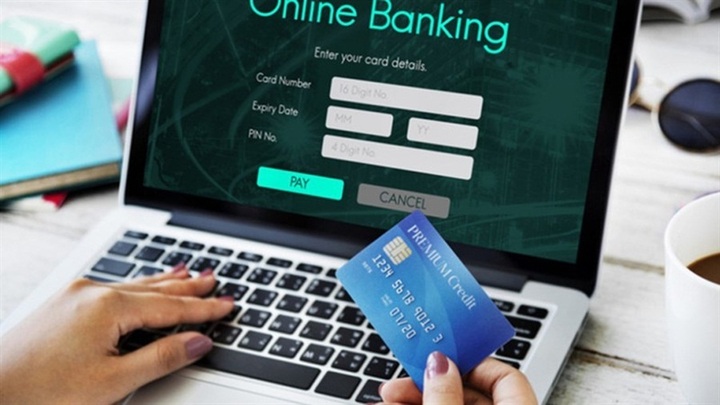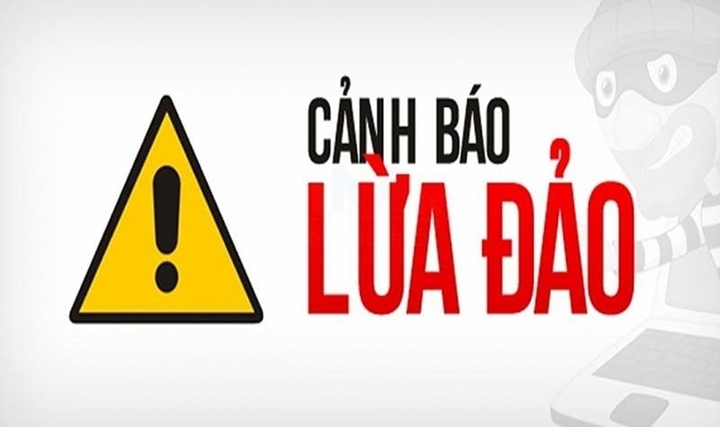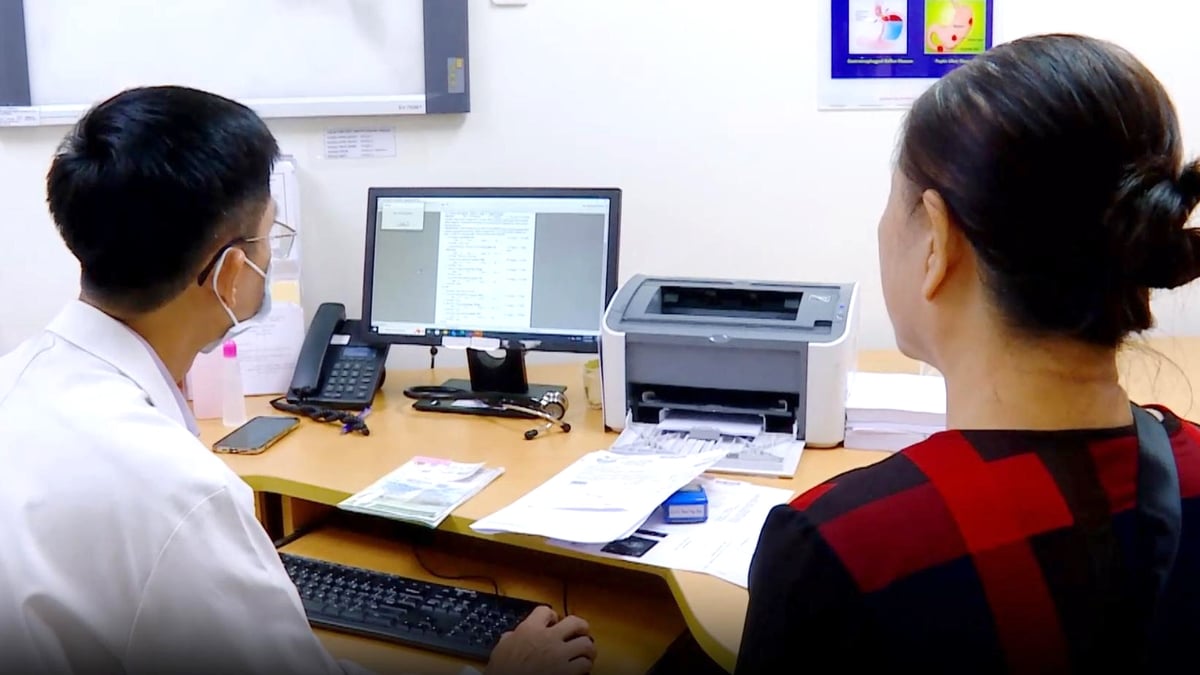With the rapid development of digital technology , fraud methods to withdraw money from bank accounts are becoming more and more sophisticated. Accordingly, through phone calls and well-planned scenarios, scammers can lure victims into providing security information or downloading malware, thereby accessing and withdrawing money from bank accounts, e-wallets, etc.
To ensure safety and avoid losing money in bank accounts, users need to be vigilant, equipped with knowledge and apply effective protection measures.
Use strong passwords
Password is the first layer of protection for your bank account. Therefore, using a strong password is an important step to protect your account. You should choose many special characters, high difficulty to make the password more difficult to guess.
In addition, users should also change their passwords periodically, at least every 3-6 months, to increase security. Do not store passwords on the browser or write them down in a visible place to avoid information theft.

Users should use strong passwords for their bank accounts. (Illustration photo)
Protect your bank card information
Cardholders should not share their bank security code (CVV/CVC) with anyone, including police or bank employees. With credit cards, do not share card numbers, security codes, dates of birth, etc.
If you don't shop online often, temporarily block your online card to prevent any unauthorized transactions.
Choose how to protect your bank account
Users can take advantage of professional tools and services to enhance the security of their bank accounts, such as reputable, paid antivirus software to protect their devices from malware.
To help customers make safe transactions, the banking system applies many solutions to enhance account security such as OTP code, Smart OTP, eKYC...
Enable two-factor authentication (2FA)
Two-factor authentication (2FA) is one of the effective security measures. In addition to entering a password, 2FA requires a second layer of verification, usually an OTP code sent via SMS, email, or an authenticator app. So even if a bad guy knows your password, he still can't access your account without the verification code.
Currently, bank account holders are required to undergo biometric authentication and update valid identification documents, otherwise their online transactions will be suspended/restricted.
Do not access strange links
Information theft through strange links is becoming more and more common. Bad guys often send emails, SMS or social networks to spread links to fake websites. When users enter account information and passwords, the bad guys will collect them to steal assets. Notably, some strange links also contain malicious code, automatically installed on the device and silently stealing data.
Therefore, users should absolutely not access strange links to avoid the risk of having their assets stolen.

Never access strange links. (Illustration)
Beware of scams
Fraudulent methods are increasingly sophisticated, and can impersonate any organization or individual such as the police, post office , electricity, bank... People must always be vigilant, and when suspecting fraud, they should report to the police for support.
Be careful when accessing public Wi-Fi
Public Wi-Fi at coffee shops, shopping malls, and airports is often not heavily encrypted, making your data and personal information vulnerable to theft. To be safe, prioritize using mobile data (4G/5G) when performing operations related to your bank account. If you must use public Wi-Fi, use a VPN (virtual private network) to encrypt your connection, making it difficult for hackers to penetrate.
In addition, users need to regularly monitor and update security warnings in online payments from service providing banks or mass media.
Source: https://vtcnews.vn/lam-gi-de-khong-bi-ke-lua-dao-rut-tien-trong-tai-khoan-ar956787.html























































![[Maritime News] Container shipping faces overcapacity that will last until 2028](https://vphoto.vietnam.vn/thumb/402x226/vietnam/resource/IMAGE/2025/7/30/6d35cbc6b0f643fd97f8aa2e9bc87aea)













































Comment (0)